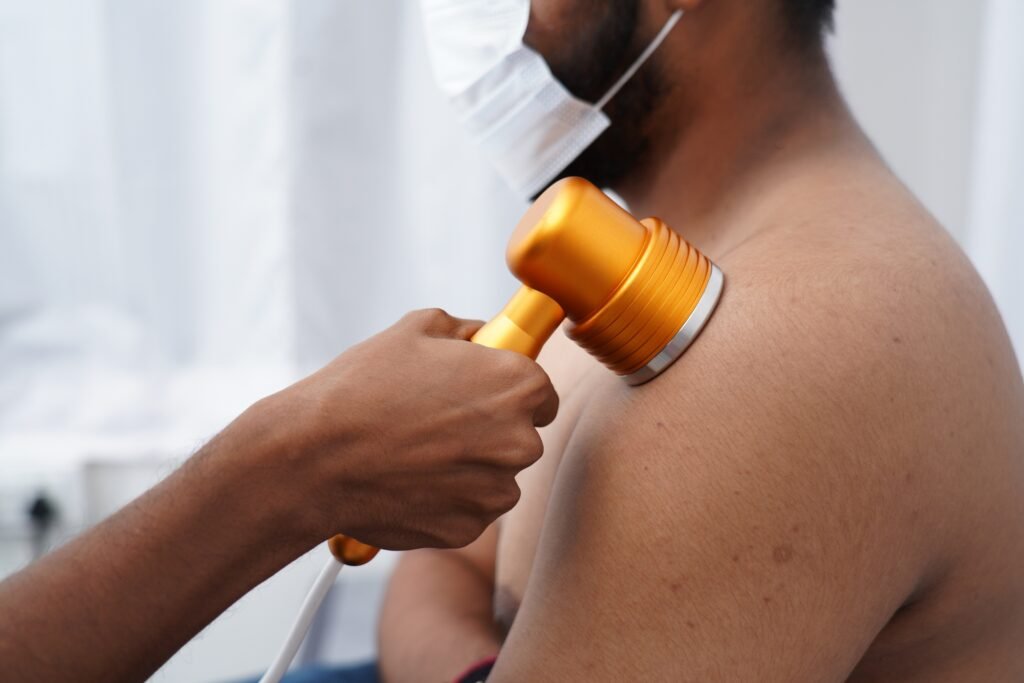Shoulder disorders are a common and sometimes underestimated cause of pain and disability in elderly people. Prevalence of shoulder disorders in the elderly community is 21% and this represents important implications in the provision of community health services. Shoulder disorders are more common in women (25%) than in men (17%). Although many of these patients do not seek medical advice, shoulder pain is a frequent cause of disability, poor subjective perception of health and depression. Soft tissue lesions are the most common cause of shoulder pain in the elderly, including rotator cuff tendinitis or rupture, subacromial impingement, frozen shoulder and acromioclavicular joint osteoarthritis. These conditions are amenable to treatment that in turn will improve patient quality of life. Minimally invasive techniques, especially shoulder arthroscopy, have demonstrated to be extremely useful for this purpose. Glenohumeral osteoarthritis, rheumatoid disease and Milwaukee shoulder are also frequent origins of shoulder ache. In these entities associated with joint destruction, shoulder replacement achieves excellent clinical results and survival rates comparable with knee or hip arthroplasty. Another common cause of shoulder problems in the elderly is fractures of the proximal humerus. These fractures should be regarded as typical osteoporotic fractures, and their incidence is increasing dramatically. They constitute the third most frequent osteoporotic fracture after vertebral and distal radius fractures and usually occur in active people. Half of these fractures are displaced and require surgical treatment. Since proximal humeral fractures usually occur at a younger age than hip fractures, they represent an important warning, forecasting more severe osteoporotic fractures.


